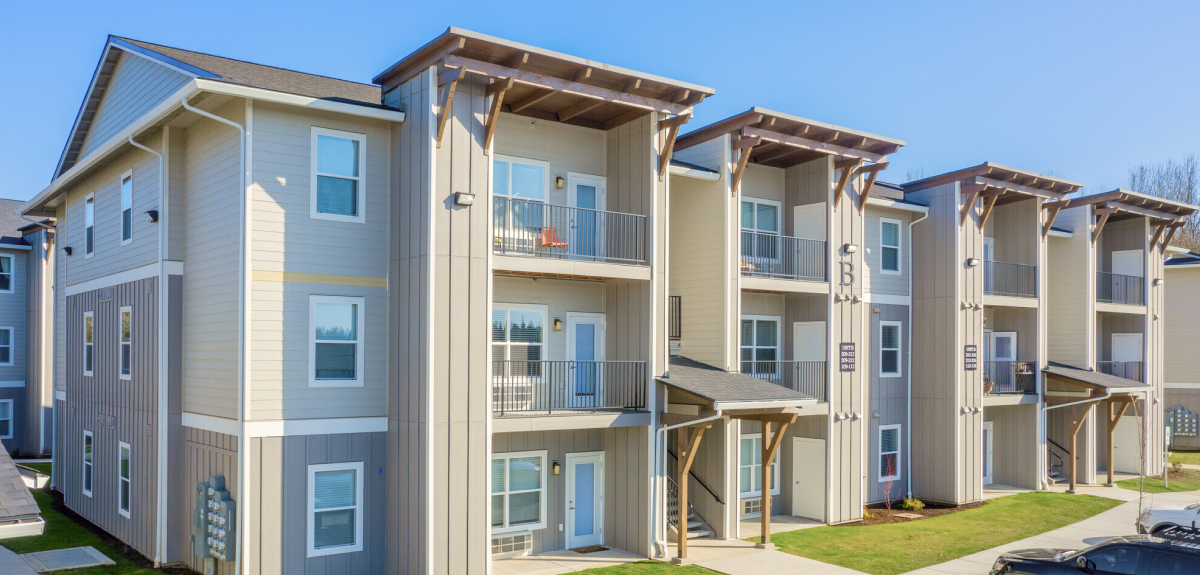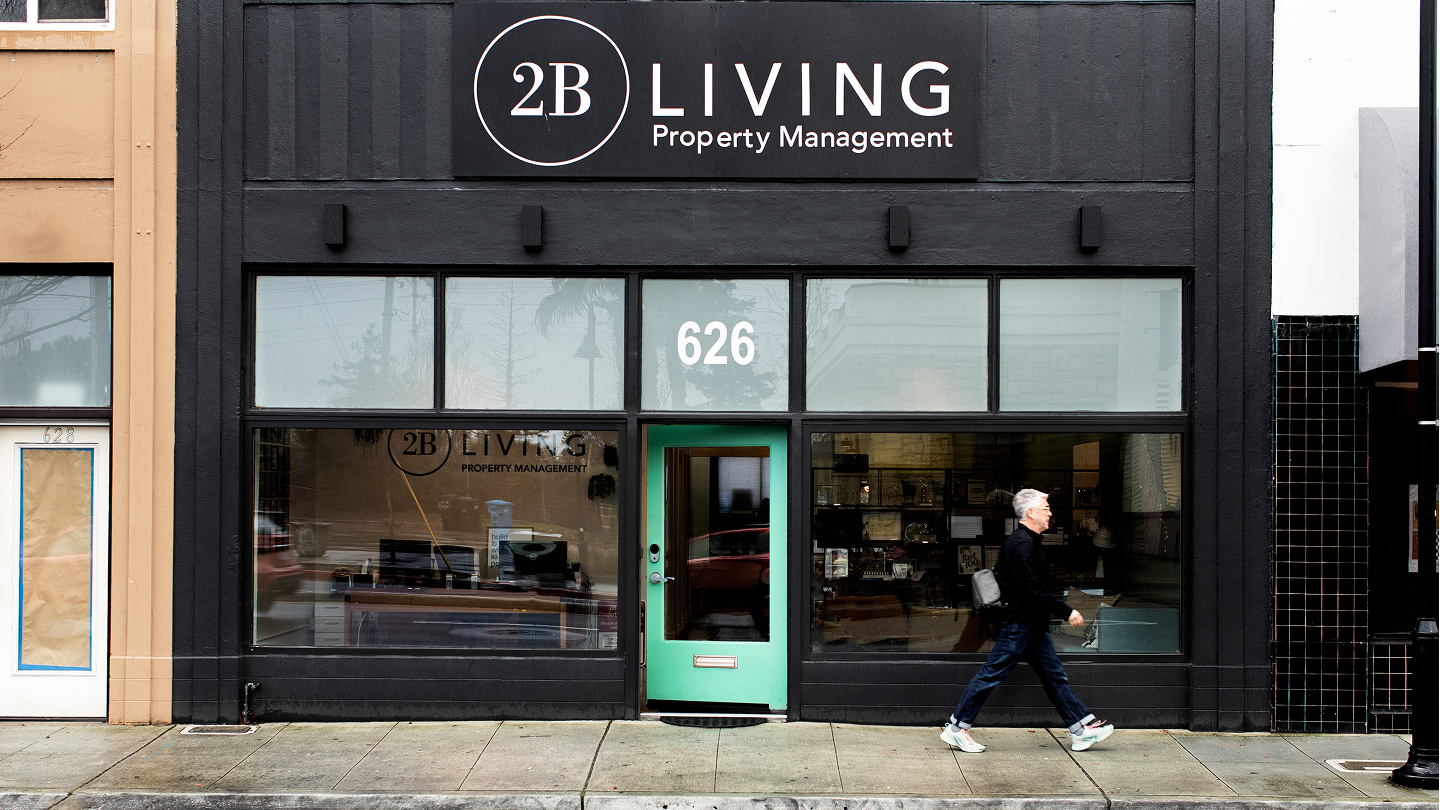Published on August 7th, 2023
By Brittany Benz
Managing rental properties is no easy task. Besides the financial responsibilities and legal due diligence required of property managers, the role comes with enormous responsibility for the safety of building occupants. An uptick in natural disasters, severe weather, and the effects of climate change has made building safety more critical than ever. In fact, the number of disasters has increased by a factor of five over the past 50 years. Read on to get the emergency preparedness tips you need to keep your residents safe and properties secure.
Formulate a comprehensive emergency plan
Whether you manage single-family rental homes or multifamily apartment complexes, preparedness is a team effort. Every employee — from your maintenance technician to your leasing agent — plays a role in your emergency plan. Do your best to instill that mindset in training your team, and you’ll have a better outcome should your property experience an emergency.
Your emergency plan should include key details for each property — including evacuation routes, emergency exits, and emergency contact information — and be organized by emergency type so your staff and residents have a clearly defined course of action should something happen. For instance, you should have clear instructions on how to turn off the gas, electricity, and water for each property that also make it clear who is responsible for these actions.
After you have created a draft of the emergency plan, be sure to ask your entire team for input. You may have overlooked something that a maintenance technician already knows. The collective input strengthens your emergency plan and fosters collective ownership.
Depending on the size of your property management business and the number of properties you manage, you may designate several employees to serve on safety committees. Delegating some of the safety and preparedness responsibilities to them helps you manage the process and get a bird’s eye view. When it comes to safety and preparedness, having more hands on deck can be beneficial, especially if you manage properties across geographical locations or state lines.
Once you have gathered input from your team, take another look at your emergency plan and implement any changes. You should examine and update it every quarter. It’s also a good idea to hold drills and discuss the outcomes with your team so they can learn from their actions. Training your staff to be ready for emergency situations can save lives in the long run. You can take it a step further by investing in CPR or CERT courses for your teams, along with first aid kits for each property.
Once you have a finalized emergency plan, be sure to distribute it to everyone on your team, in addition to your residents, owners, and vendors.
Educate your residents
The safety of your residents should be your greatest concern. It’s critical they know what to do in the event of an emergency, just like your team members and vendors. An easy way to ensure your residents have instant access to your emergency plan is to utilize software that allows you to store it on their online portal. You can also print copies to include in their move-in packet. If you manage multifamily apartment buildings, make sure you have the evacuation route clearly posted on each floor or stairwell.
If an emergency does occur, keeping residents informed is vital. Make sure you have updated contact and emergency contact information for each of your residents. And if you haven’t already, consider implementing mobile forms of communication like text messaging and email to provide residents with quick updates and important information 24/7.
Jenny Stephens of Nebraska Lifestyles Property Management uses the bulk text messaging feature within AppFolio to send out alerts to her residents en masse, which saves time and keeps her residents safe and in the loop:
“One of the things we like the most when it comes to communicating within AppFolio is the bulk text messaging feature. We can just send a text out really quickly to all of our residents, like, ‘Hey, there is going to be a really bad storm in Omaha. Please report to us. Do the following.’”
Along with sharing your emergency plan, posting your evacuation routes, and utilizing mobile communication tools, you can host annual emergency drill training on how to stay safe in the event of a natural disaster, such as a tornado or hurricane, depending on the region. You can also send out a newsletter with resources for your residents, such as how to build an at-home emergency survival kit, a list of local shelters in their area to go to in the event of a natural disaster, and tips for preparing their home or apartment.
If disaster does strike, residents can protect their personal belongings by purchasing renter’s insurance. If your rental property is in a state that doesn’t require renters to be insured, consider educating your residents on its benefits and adopting tools that make it easy for them to sign up. For instance, with AppFolio, renters can easily opt-in to receive renter’s insurance right in their online portal.
Perform preventative property maintenance
Whether it’s adding oil to your car engine or upgrading your computer’s software, performing preventative maintenance on any system is beneficial. Property management is no different. There are many proactive steps property management businesses can take to mitigate damage to their properties from natural disasters like fires, floods, and earthquakes.
The first step is to determine what disasters could affect your property and plan accordingly. If it’s in a warmer climate, you probably don’t have to spend much time looking at ice and snow-related emergencies. Is your property situated in a fire-prone area? Is there a possibility of earthquakes or tornados? Maybe it’s close to the water or a flood zone. Knowing the natural threats that could affect your property helps you lessen the severity by taking preventative measures and applying them to your plan.
Performing preventative property maintenance tasks like weekly landscaping and brush removal helps properties located in dryer parts of the country during fire season. Something as simple as trimming or relocating a tree that is too close to a structure can keep a fire from spreading. You should also contact your local fire department or municipality to see what ordinances and building codes you are responsible for. Doing so may alter the path of a fire and save your property from further damage.
Preventative property maintenance is also about assessment. If you notice loose or missing roof material or small amounts of decay in a building’s façade, don’t just dismiss it — try assessing it. Can this small or seemingly insignificant repair worsen and lead to greater damage a year down the road? Imagine if the small hole you dismissed last year turns into a partial roof collapse. Always be proactive with maintenance.
Maintenance doesn’t just apply to the exterior of your properties — the interior is just as important. Ensure that all smoke alarms, C02 detectors, sprinklers, and fire extinguishers are working and inspected annually. It’s also a good idea to have a professional give each of your properties a once-over every year to catch things in need of repair, potential hazards, or structural issues.
Safeguard life and property
When you are adequately prepared for emergencies, you can mitigate risk and damage and, above all else, keep your residents safe. Property management software with built-in document sharing, texting, and emailing can make it faster and easier for you to keep your residents informed and your teams on the same page in the event of an emergency. To learn more about how you can streamline preventative property maintenance and provide a better customer experience, take a look at this article.









Comments by Brittany Benz